One of the most important things you can do in a Marvel Rivals match to ensure victory is to build a well-balanced team composition. Getting the right team comp together can look like many things. It’s not all just about having two vanguards, two duelists, and two strategists.
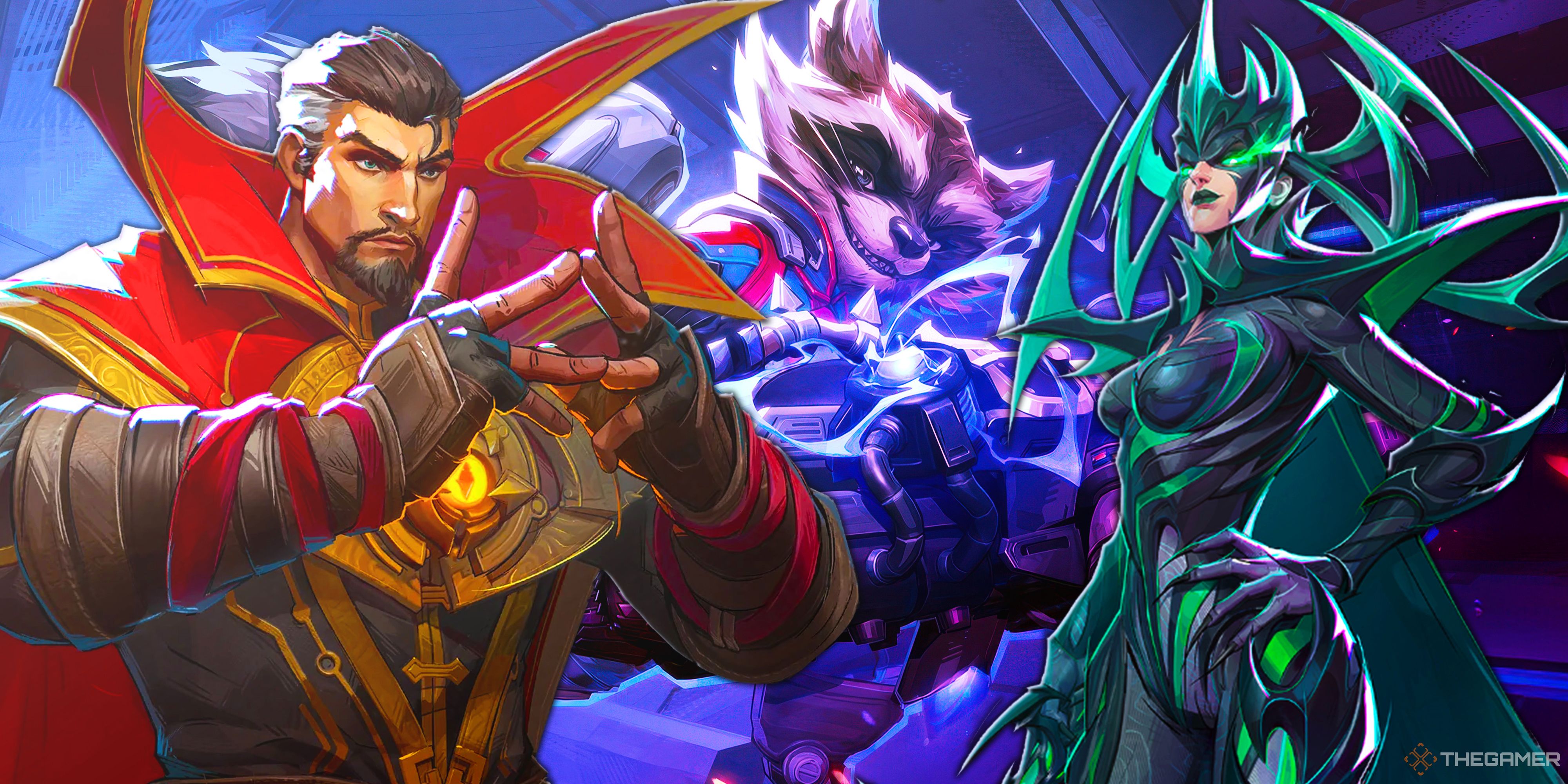
Related
Marvel Rivals: Team-Up Abilities, Explained
We’ll admit it. We yell “Avengers Assemble” every time we activate the Gamma Radiation Team-Up Ability. Don’t know what that is? Then, keep reading.
In fact, there are a lot of more specific elements that go into creating successful team compositions that can either make or break your chances at victory. So, whether you’re brand new to hero shooters like Marvel Rivals, or just new to Rivals itself, here’s everything you need to know to balance your team composition.
How Team Compositions Work
In Marvel Rivals, team composition is a representation of your team’s skills and strengths that includes a variety of factors, including:
- Number of heroes in each role
- The types of hero you’re playing
- Playstyle
Generally speaking, you’re going to want to make sure your team composition has at least one of each role: vanguard, duelist, and strategist.
That being said, there’s no hard and fast rule of exactly how many you should have in each role as Rivals doesn’t have a role queue.
Hero Types And Playstyle
When it comes to the types of heroes you’re playing and playstyle, there are four basic hero types/compositions you need to understand.
In Marvel Rivals, many heroes can occupy different playstyles and hero types. For example, Peni Parker can play both poke and brawl.
Running a team comp with no strategists is an absolute no-go; this composition hardly ever works and isn’t very fun to play.
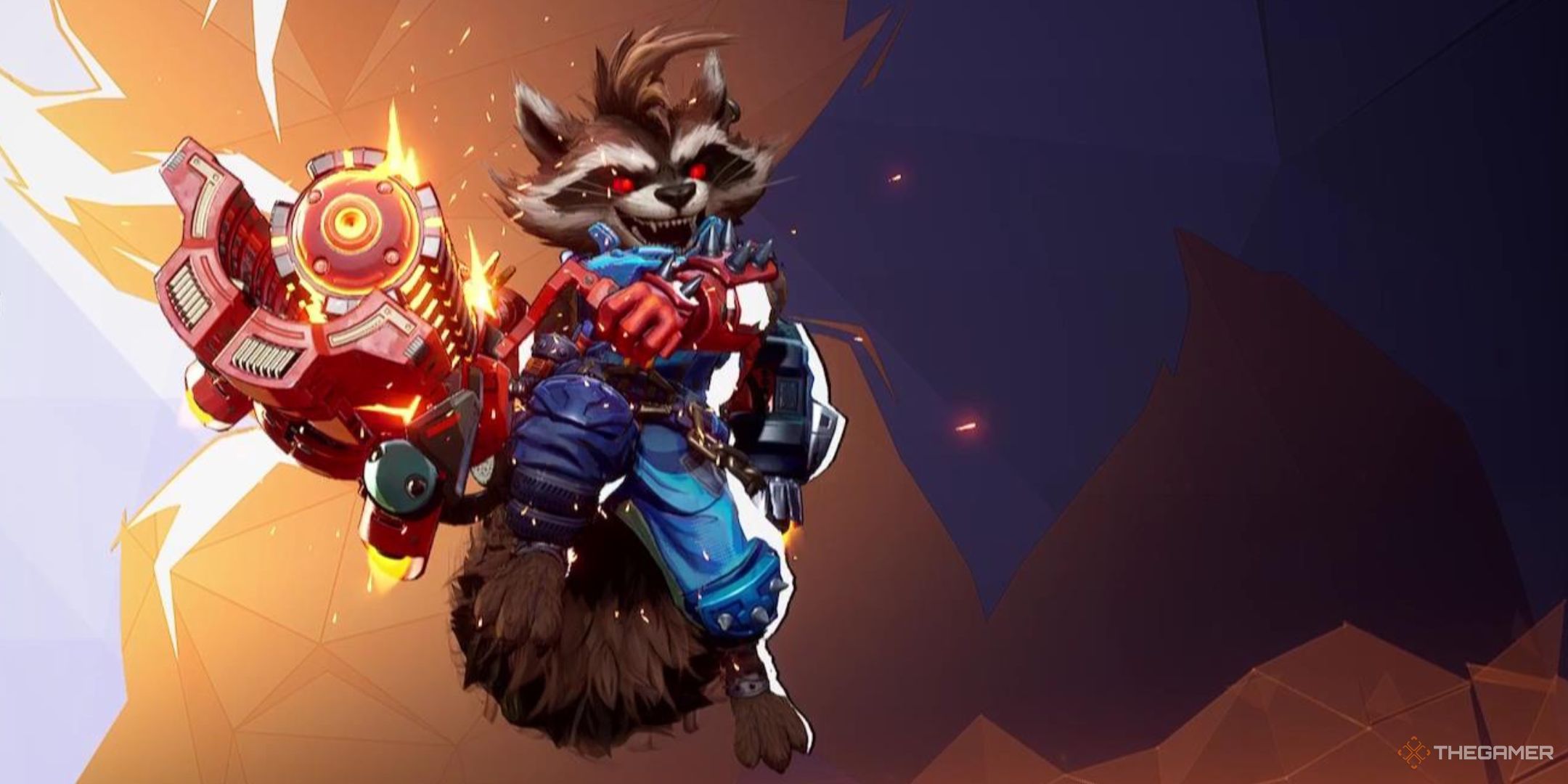
Related
Marvel Rivals: How To Get Proficiency Fast
Each character you use has its own respective progression system in Marvel Rivals. Learn more about proficiency in this guide.
How To Balance Your Team Composition
By default, the standard team composition includes two vanguards, two duelists, and two strategists of any type. Most of the time, this will provide you with a pretty standard and well-balanced team composition.
However, Marvel Rivals is a complicated game, and two-two-two is not always the way to go depending on the type of team you’re playing against, and what their team composition looks like.
Ultimately, the most important thing is that you pick heroes based on what roles are needed and what playstyle your team is going for.
Let’s look at some examples of what heroes to pick based on your team’s playstyle and role distribution.
While balancing team composition is important, remember, there are no hard and fast rules in Marvel Rivals. As long as you understand how the different playstyles work, you can tailor many heroes to these playstyles.
However, you’ll want to avoid actively fighting against team comp. For example, picking a poke hero like Storm when everyone else is playing melee-based combatants may prove harder.
How To Counter The Enemy Team’s Composition
The last piece of the puzzle toward understanding team composition involves how to counter the enemy team’s composition.
Once again, Rivals is a complex game with an enormous hero roster, so nothing is hard and fast, but generally speaking, different team compositions counter other compositions like so:
|
Team Composition |
Countered By |
|---|---|
|
Poke |
Dive |
|
Dive |
Brawl/Rush |
|
Brawl/Rush |
Poke |
While the above table represents a standard rule of thumb when it comes to countering team compositions, remember you still have to lean into these playstyles for these counters to work.
For example, if you’re playing a brawl or rush comp, you still have to turn around and physically fight divers in your backline to counter.

Next
Marvel Rivals: Display Attack Range, Explained
Displaying attack ranges in Marvel Rivals is a great way to improve your positioning.



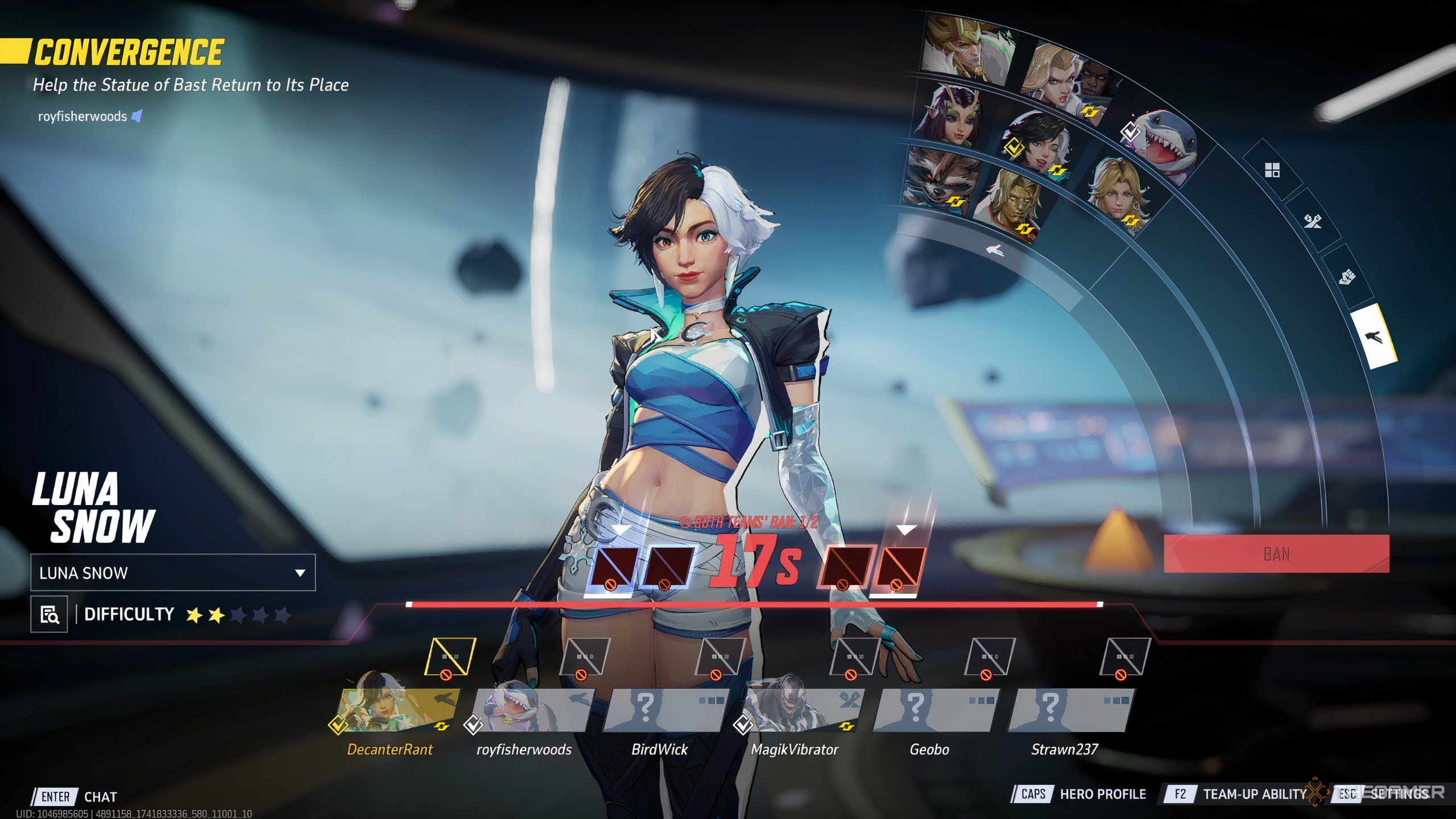


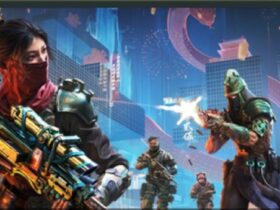



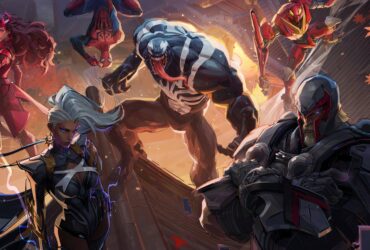





Leave a Reply